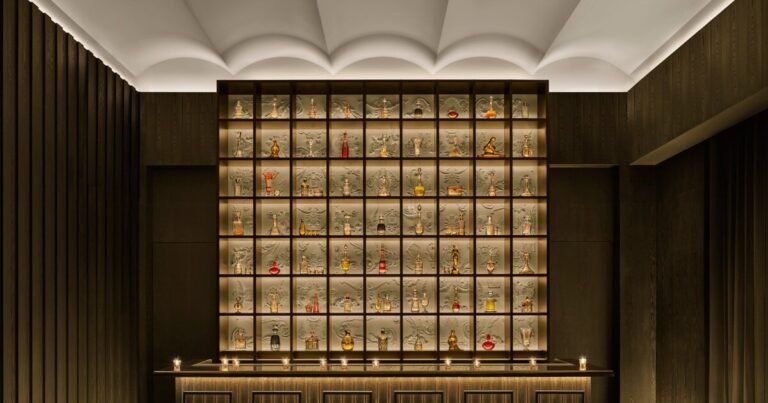11 Things That Will Lower Your Energy Bill When Things Heat Up Outside
Cranking up the air conditioning may feel good in the moment, but not too cool when the energy bill comes. Simple home improvement actions can help you beat the heat and the high costs, says Ian Charters, owner of Handyman Connection of Grapevine in Keller, Texas, who knows a thing or two about summer heat. From learning how to clean your air conditioner to rethinking your shades’ situation to adding sustainable DIY projects, there’s plenty you can do to keep your home chill and your energy costs affordable.
“It’s best to get your systems proactively checked at least twice a year—in the spring before summer rolls around and then again in the fall—to get ahead of the first super hot or cold days,” says Mika Kleinschmidt, who is on HGTV’s 100 Day Dream House with her husband, Brian. The duo recently partnered with American Standard Heating & Air Conditioning to help people “chill the bill.” If you lapsed on the AC checkup, you can still see if it’s running properly. Pay attention to things like strange sounds or issues with the thermostat. Don’t get stingy on calling a professional—it can save you hundreds of dollars in the long run.
Below, 11 simple strategies that won’t make you sweat high energy bill payments.
1. Change air filters
Changing the air filters ahead of the hottest days of the year is key. It’s one of the most important and easiest things you can do to help your air conditioner work more efficiently, says Kleinschmidt, referencing a recent survey of American Standard homeowners that showed only about 36% of people are regularly changing their filters. This simple preventative measure takes just minutes, but helps ensure your system is working efficiently, and saves you money. “Replacing or cleaning a filter every 30 to 90 days can save you up to 15% on your monthly energy bill,” she adds.
Anthony Carrino—a Jersey City, New Jersey–based celebrity home designer on HGTV’s Kitchen Cousins, developer, and Trane Residential partner—recommends cleaning air filters with a vacuum, or rinsing the filter and letting it air dry.
2. Clean the AC
Make sure your air conditioner is in tip-top shape by periodically checking to make sure the air ventilator’s intake and exhaust are unobstructed. Also, check that the fan blades are relatively free of accumulated dust and dirt, Carrino adds. Professional HVAC maintenance should occur once a year.
3. Set up a thermostat schedule
“Having a consistent thermostat schedule can massively help your energy bills,” Kleinschmidt says. “If you set your thermostat 7 to 10 degrees Fahrenheit above your normal setting while away for work or away on vacation, you could save up to 10% on your electricity bill.” Charters suggests setting your thermostat to 78 degrees Fahrenheit in the summer as every degree of extra cooling will increase energy usage between six and eight percent.
4. Check the Seasonal Energy Efficiency Ratio (SEER)
Carrino advises checking the Seasonal Energy Efficiency Ratio (SEER)—it measures the AC and heat pump cooling efficiency—on your HVAC system. The higher the SEER number, the better your savings. “Usually, heating and cooling systems have a SEER ratio located on the outside of the unit,” he adds. “Most units vary between 13–21, where the majority of systems installed prior to 2006 has a SEER of 10 or lower.” Even though you can’t optimize the SEER ratio on an old unit, it is something to focus on when you’re ready to replace your HVAC system. “Your SEER rating has a huge impact on your energy usage since a higher number can save up to 62% on your energy bill each year,” Carrino says.
5. Evaluate windows
And upgrade them if necessary. “New windows with enhanced technology not only improve the appearance of the house, but also provide one of the best energy savings achievable in an older home,” Charters says. If springing for new windows is outside your budget, invest in blinds, solar screens, or window tint on south-facing windows to reduce radiant heat. “Roll-down blinds are also a good addition to covered patio structures so you can enjoy the outdoors without direct sunlight,” he adds.



